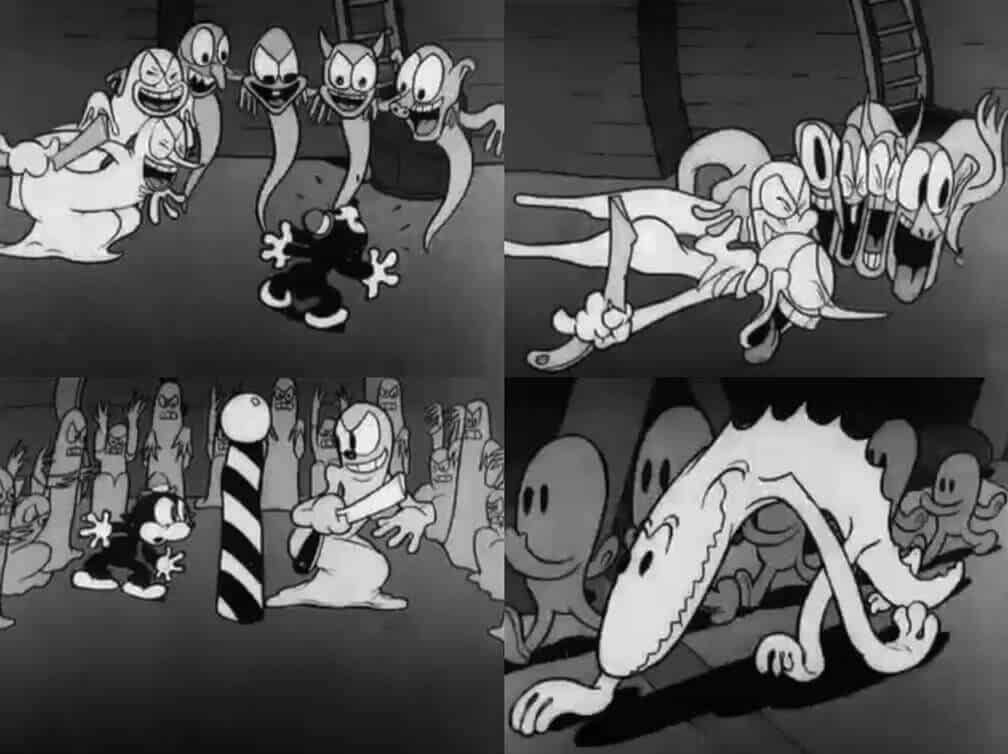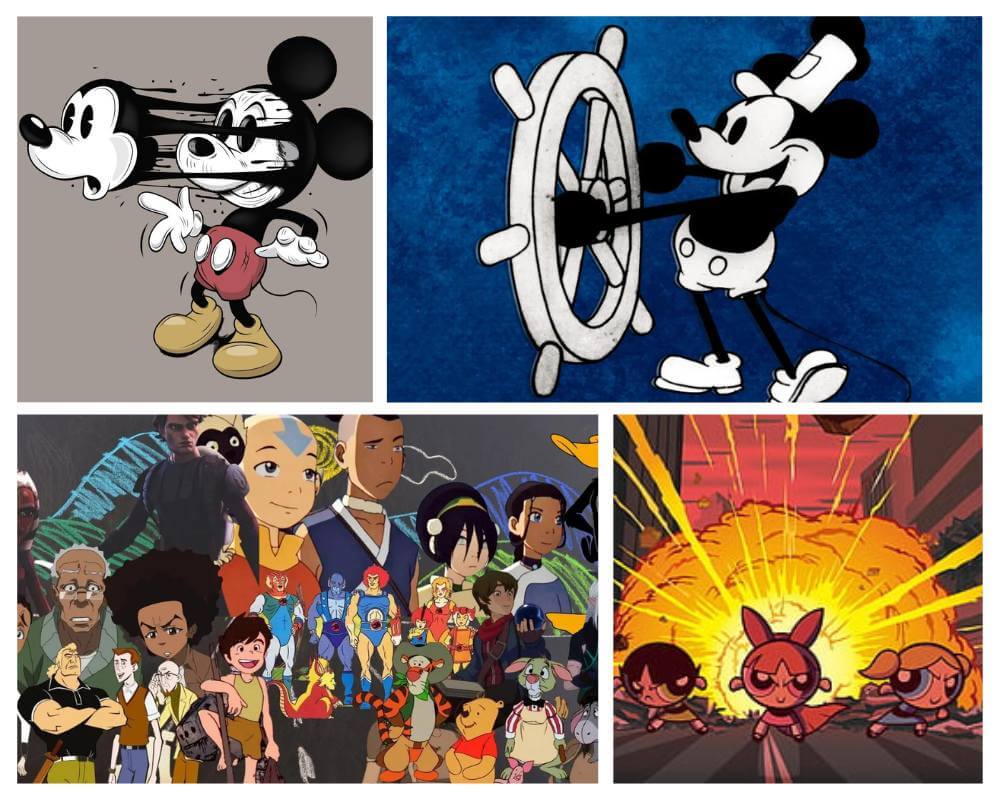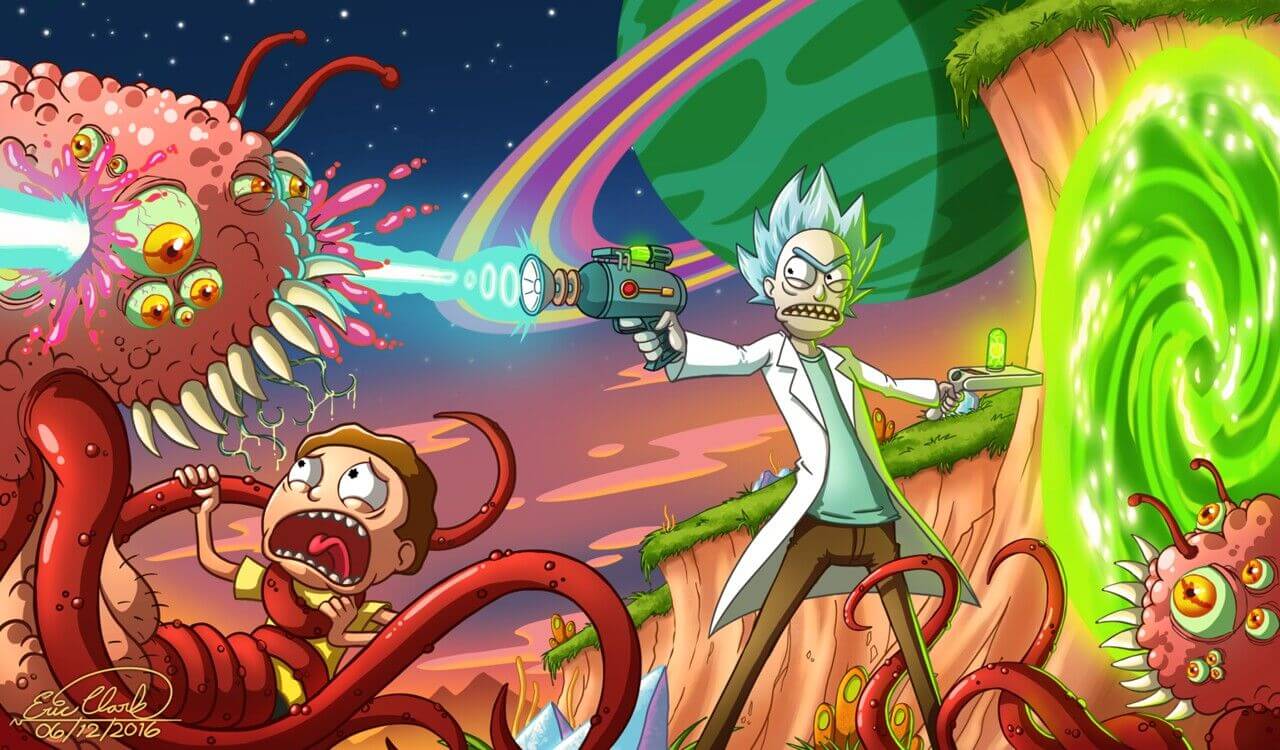The aesthetic side of cartoons and animation! Delve into the artistic styles and visual elements that make cartoons genuinely captivating.
Exploring the unique aesthetic qualities of each cartoon, from color and lighting to character and landscape design, we dive into the heart of what makes them special.
We examine classic and contemporary animated productions, delving into the techniques and technologies employed in their creation. Whether you’re a fan of fantasy, science fiction, or slice-of-life tales, we’ve got you covered.
Embark on a journey into aesthetic cartoons and animation as we uncover the artistry behind some of your favorite shows and movies!
Aesthetic Cartoons & Characters
Are you tired of the same old cartoons with predictable plotlines and bland visuals? Do you crave something that tickles your funny bone and dazzles your senses?
Enter the world of aesthetic cartoons—a place where humor and sophistication collide, transforming animation into a veritable feast for the eyes.
7Gravity Falls – (Disney Channel)
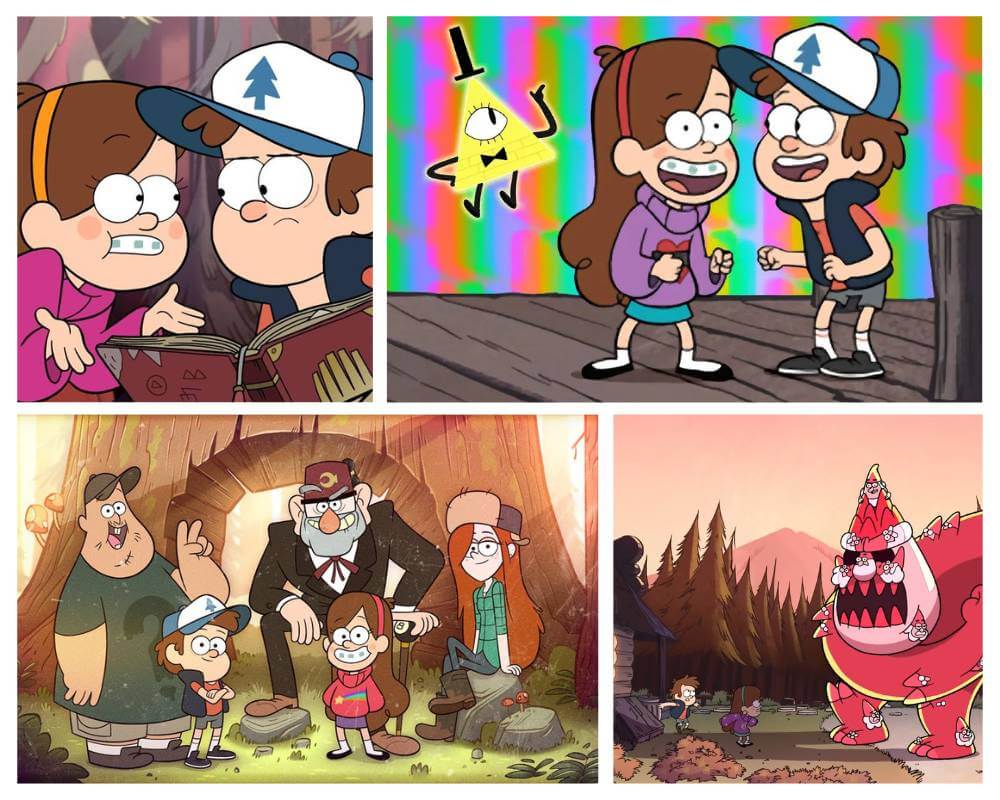
Nestling within the realm of aesthetic cartoons, the enigmatic and captivating world of “Gravity Falls” stands out. Alex Hirsch, the creator of this beloved animated series, weaves the tale of siblings Dipper and Mabel Pines as they unravel the mysteries shrouding the eponymous town.
The unique visual style and aesthetic appeal of “Gravity Falls” truly distinguish it, contributing to its mesmerizing atmosphere.
The show’s striking aesthetic harmoniously blends darkness, mystery, and whimsy. The moody, atmospheric backdrops draw viewers into a world where the supernatural lurks beneath the surface, immersing them in the peculiar events unfolding in the town of Gravity Falls.
6Steven Universe
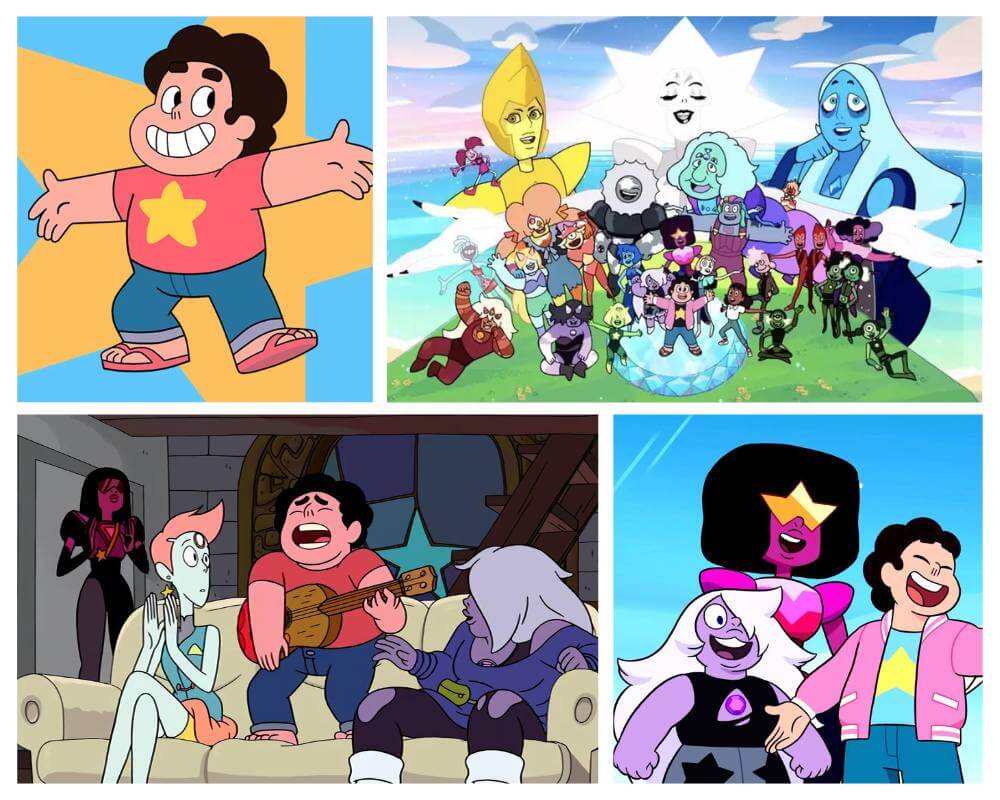
The heartwarming and visually captivating “Steven Universe” is an essential addition to aesthetic cartoons. Rebecca Sugar, the creator of this groundbreaking animated series, invites viewers to follow the adventures of Steven Universe—a young boy who is half-human and half-Gem—as he navigates life with the Crystal Gems: Garnet, Amethyst, and Pearl.
The vibrant color palette, unique character designs, and emotionally resonant storytelling make “Steven Universe” a mood aesthetic cartoon that deeply touches viewers worldwide.
5Rick and Morty
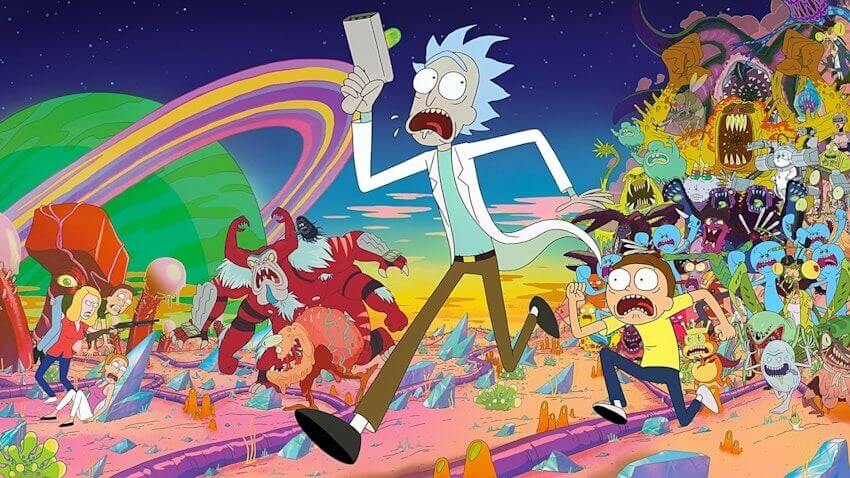
While “Rick and Morty” may not be the first show that comes to mind when you think of cute aesthetic cartoons, this wildly popular animated series has an offbeat charm that endears it to fans worldwide.
Created by Justin Roiland and Dan Harmon, “Rick and Morty” chronicles the interdimensional escapades of the eccentric scientist Rick Sanchez and his good-hearted but easily influenced grandson, Morty Smith.
The show’s unique visual style sets it apart from traditional cute aesthetic cartoons, as it embraces an unconventional, quirky design approach.
4Samurai Jack: A Fusion of Distinct Cartoon Aesthetics
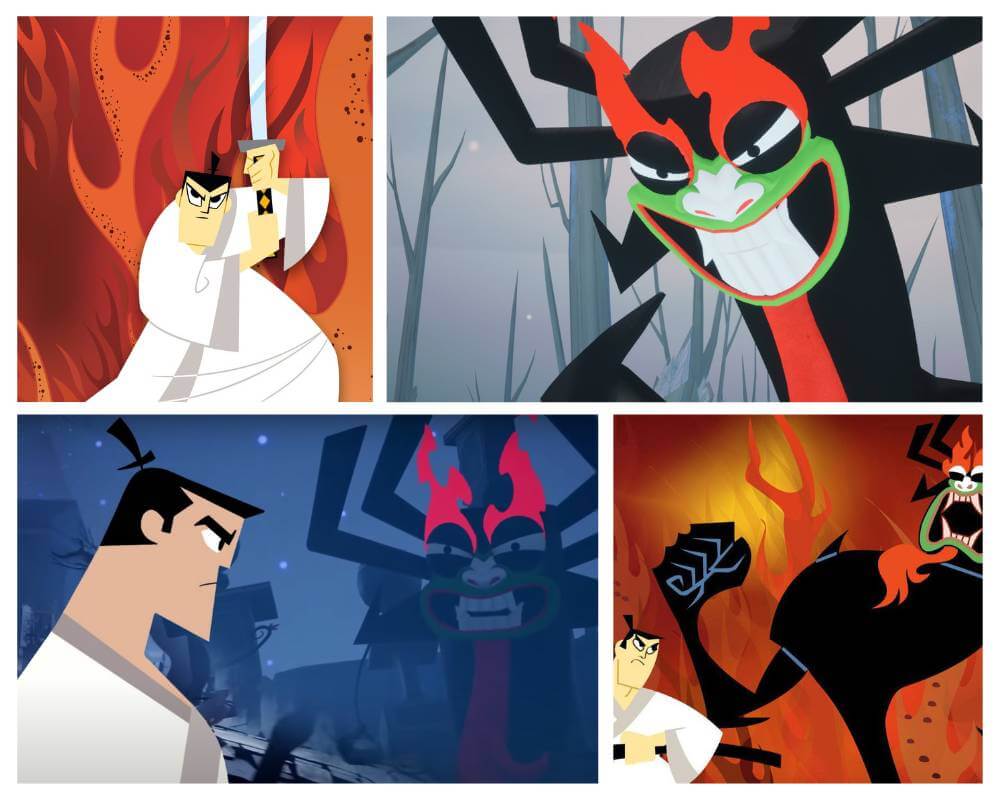
“Samurai Jack,” a masterful animated series by Genndy Tartakovsky, showcases the skillful combination of diverse cartoon aesthetics to create a visually stunning and unforgettable experience. The show chronicles the journey of Jack, a time-displaced samurai, as he seeks to return to his own time and conquer the malevolent shape-shifting demon Aku.
The minimalist aesthetic is one of the most striking aspects of “Samurai Jack.” The show uses simple, clean lines and bold shapes to craft visually arresting compositions.
This minimalist approach also extends to the backgrounds, often featuring vast, open spaces that convey a sense of solitude and introspection, mirroring Jack’s emotional journey.
3The Boondocks: A Subversive Spin on Cute Aesthetic Cartoons

“The Boondocks,” an animated series by Aaron McGruder, puts a subversive spin on the cute aesthetic commonly seen in cartoons. Drawing from McGruder’s comic strip of the same name, the show chronicles the lives of the Freeman family—brothers Huey and Riley and their grandfather Robert—as they adjust to life in the predominantly white, affluent suburb of Woodcrest.
Though primarily known for its sharp social commentary and satirical humor, the show also features a unique visual style that bestows an unexpected charm.
The character designs in “The Boondocks” exhibit a fusion of anime-inspired aesthetics and traditional American animation, lending a distinctive and appealing cuteness to the show.
2Batman: The Animated Series – A Noir-Inspired Masterpiece

The unique visual style, drawing inspiration from film noir and art deco aesthetics, is one of the key elements that sets “Batman: The Animated Series” apart. The creators crafted dark, moody backgrounds and silhouettes, heavily utilizing shadows to forge an atmosphere of mystery and danger, perfectly capturing the essence of Gotham City. This striking visual approach, dubbed “Dark Deco,” lends maturity and sophistication to the series, distinguishing it from other animated shows of its time.
Equally iconic are the character designs in the series. Batman, brought to life by the talented Kevin Conroy, radiates strength and vulnerability.
At the same time, the unforgettable rogues’ gallery of villains, featuring The Joker—voiced by Mark Hamill—alongside other familiar foes, each boasts their distinctive style and motivations.
1Adventure Time – Aesthetic Cartoons
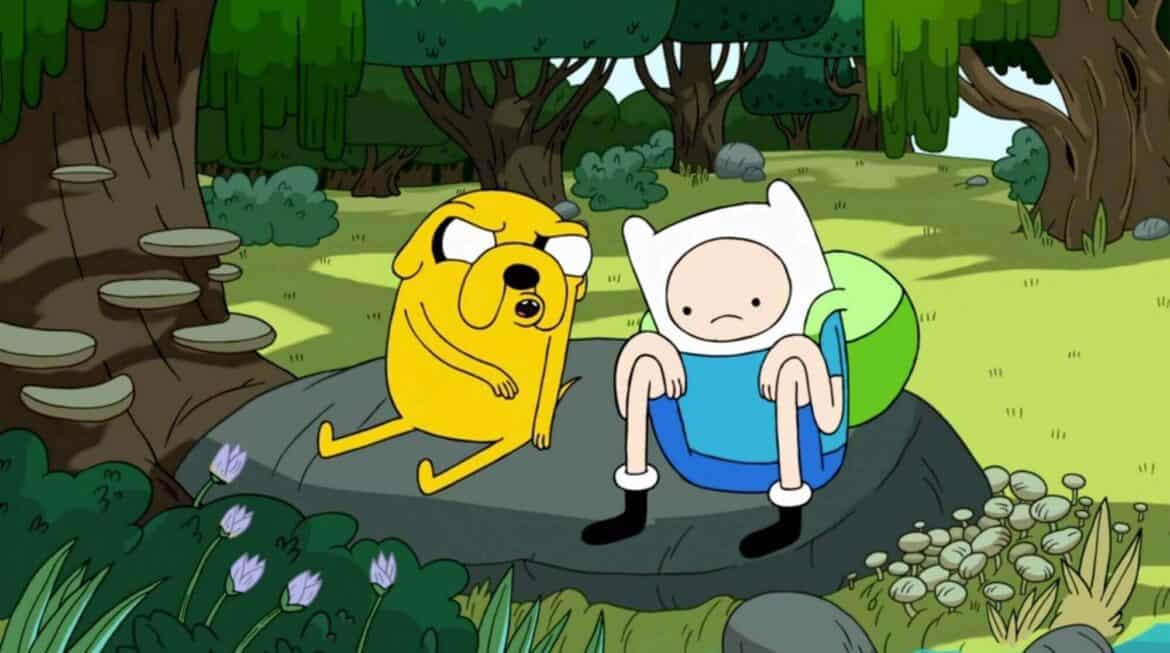
One of the defining features of “Adventure Time” is its playful and whimsical visual style. The show embraces a hand-drawn, almost childlike aesthetic that complements its imaginative and often surreal storylines. The bright color palette and distinctive character designs further contribute to the series’ unique charm, inviting viewers to immerse themselves in the enchanting world of Ooo.
The Land of Ooo is a veritable treasure trove of diverse landscapes and environments, each with a distinct aesthetic. From the lush, candy-colored kingdom of Princess Bubblegum to the dark and mysterious realm of the Nightosphere, “Adventure Time” consistently delights viewers with its boundless creativity and visual inventiveness.
What Is The Rubber Hose Animation Style?
The rubber hose animation style refers to a specific approach to character animation that dominated the 1920s and 1930s, especially in early American cartoons. This style features simplified, rounded, and flexible character limbs—reminiscent of rubber hoses—accompanied by exaggerated movements and expressions.
With the rubber hose animation style, characters’ arms and legs lack joints, permitting fluid, flowing motion that frequently defies the laws of physics. Despite the limited technology and techniques available at the time, this style allowed animators to craft lively, dynamic, and visually captivating scenes.
Aesthetic Cartoons: The Animated Art of Style and Grace
Aesthetic cartoons have their roots in the early days of animation, where pioneers like Walt Disney and Max Fleischer sought to create visual masterpieces that could captivate audiences.
Fast forward to today, and aesthetic cartoons have evolved into a full-fledged art movement, boasting a vibrant community of animators and fans alike.
Thanks to social media platforms like Instagram and Tumblr, these cartoon connoisseurs can share their passion for the craft and connect with like-minded individuals worldwide.
A Symphony of Styles
Aesthetic cartoons come in various shapes and sizes, with diverse styles catering to every artistic taste. From the minimalist charm of “Steven Universe” to the lush, ethereal beauty of “Song of the Sea,” these animated gems are a testament to the limitless creativity of their creators. Let’s explore some of the most popular styles that define the genre:
Retro Chic
Who says nostalgia can’t be fashionable? “Bee and PuppyCat” is a perfect example of how modern cartoons can infuse retro elements with contemporary design sensibilities. With its 80s-inspired color palette and whimsical character designs, this show is a delightful blend of old-school charm and modern sophistication.
Nature’s Bounty
Delve into the enchanting world of “Over the Garden Wall,” where the creators have used nature as their muse. With its intricately detailed backdrops and dreamy color schemes, this masterpiece invites viewers to lose themselves in a magical, fairy-tale landscape.
Abstract Wonderland
Fans of abstract art will feel right at home with “Adventure Time,” a show that defies conventional design norms. With its quirky characters and surreal landscapes, this cartoon is a testament to the power of imagination and the limitless possibilities of animation.
The Dark and the Mysterious
For those who prefer a touch of darkness, “Gravity Falls” offers a thrilling blend of mystery and humor, set against a backdrop of eerie woodlands and supernatural occurrences. The show’s moody atmosphere and intricate visual details make it a beautiful watch for fans of the macabre.
The Impact on Pop Culture
The influence of aesthetic cartoons extends far beyond the realm of animation. The fashion world has taken note of these stylish creations, incorporating their distinct design elements into clothing and accessories.
From “Sailor Moon” inspired outfits to “Rick and Morty” themed sneakers, the love for aesthetic cartoons has manifested itself in various forms, proving that these animated marvels are more than just visual treats—they’re cultural phenomena.
